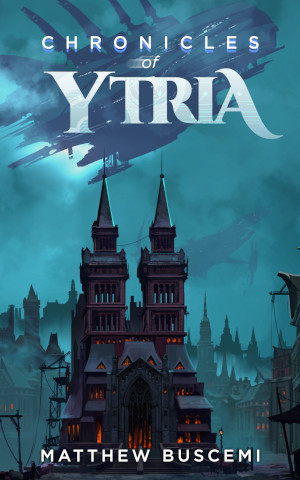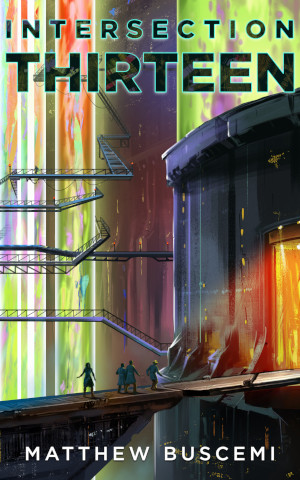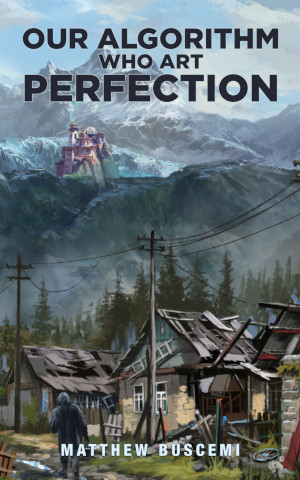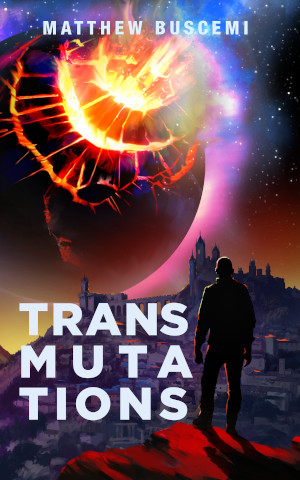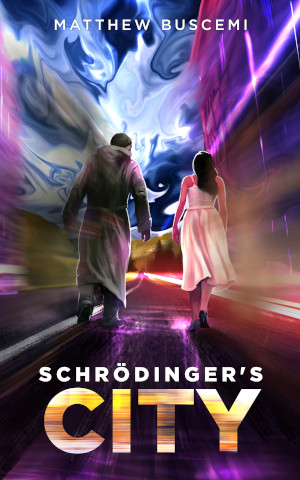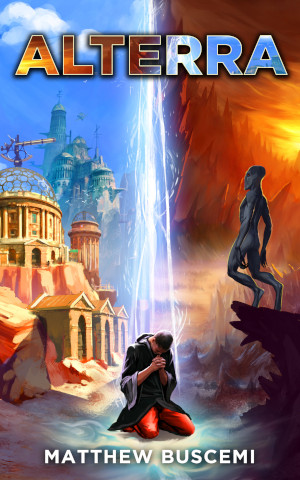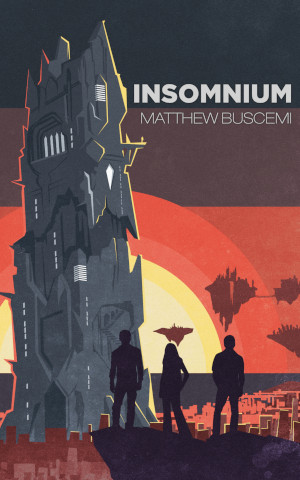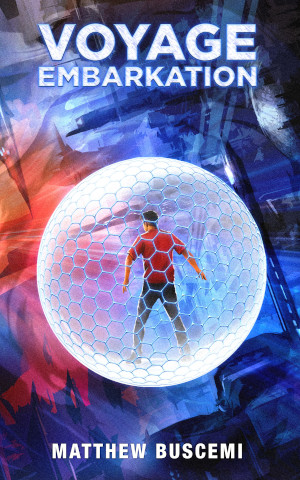Nothing to Fear
Wednesday, September 18, 2019 at 5:26am
A Review of the Star Trek: Voyager Episode The Thaw
Upon returning to The Thaw as an adult, it is a wonder to me that this episode ever got greenlit. Over the course of its five acts, the structure of the episode transitions slowly from what seems like a standard Star Trek plotline into something quite unique, especially for mid-1990's television.The story takes place during a time when the crew is still traveling through a region of space which the character Neelix knows well. He has brought them to a planet that is supposed to contain a prosperous colony, but the crew instead finds that the planet covered in glaciers, having suffered an ecological catastrophe caused by a massive solar flare. A recorded message tells them that the inhabits have fled below the surface into stasis chambers to ride out the ecological damage and that they should not be disturbed as their system will automatically wake them in fifteen years' time. However, all data indicate that the solar flare event occurred nineteen years prior.
Unearthing the crew's stasis technology reveals more oddities. Their stasis equipment has put them to sleep but kept their minds active and linked to a sophisticated computer program. Furthermore, all the systems that would allow them to monitor the planet's atmosphere and wake up at will appear to be functioning correctly. It is as though the colonists are choosing to remain in the dream.
Inevitably, two of the ships' officers connect themselves to the system in order to figure out what is going on in the dreamscape, and it is at this juncture that The Thaw loses any remaining semblance of being a "standard" Star Trek episode.
The dream world set appears to be the hacked up components of various "alien world" sets of other episodes, all rearranged into strange, obtuse angles and repainted in garish colors. Banners, streamers, and other festival paraphernalia proliferate, and this incongruous, terraced psychoscape is populated by dancers and acrobats wearing similarly hideous leotards and grotesque masks.
One character in particular presents himself the leader of the environment, a clown garbed in gray and white, identifying himself as, simply, Fear. Fear, they discover, manifested slowly over time, gaining power as the colonists' minds interacted with the computer system and their fear of survival grew deeper with the passing years. Further, Fear is capable of killing the colonists, actually causing heart attacks in their corporeal bodies by torturing them within the dream world. It is Fear who is preventing the colonists from reviving themselves, since he needs their brain activity wired into the computer in order to continue to exist himself. If they unplug, then the dream would end, and so would he.
What follows is essentially a meditation on the power of fear and how to overcome it, and although the metaphor is admittedly heavy-handed, it is surprisingly nuanced for a popular television show of this era. Once Captain Janeway is able to establish communication with Fear that does not involve hooking a person in to the system, she is able to start negotiating for the release of the hostages, who now include her own crew members.
Not all of The Thaw is an aesthetic success. The scenes where Fear tortures the crew aren't even remotely harrowing, probably due the limitations of what could be depicted on nineties television. Additionally, the captain's rescue attempt is thwarted by some very conveniently placed plot elements rather than by Fear himself.
For all that, The Thaw represents something remarkably unique among the series's many episodes—it wholly disrupts the typical five-act structure and does something completely different. The sets and costumes are outrageously garish in all the right ways for the subject matter, really nailing a "sci-fi horror carnival" vibe that I have never seen executed anywhere before or since. The episode's final scene clinches the experience, foregoing the traditional denouement of the characters discussing what they've learned from their experience, and presenting instead a final confrontation between the captain and Fear, one which slowly fades away to dark while pieces of the set deconstruct themselves and spin off to nothing.
The Thaw gets points in my book for coherency of its theme and originality of its storytelling. It is an overall aesthetic success, and one of my all time favorite Star Trek episodes. I liked as a adolescent, and I love it as an adult.
